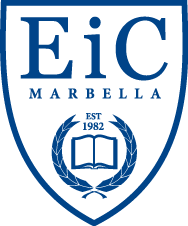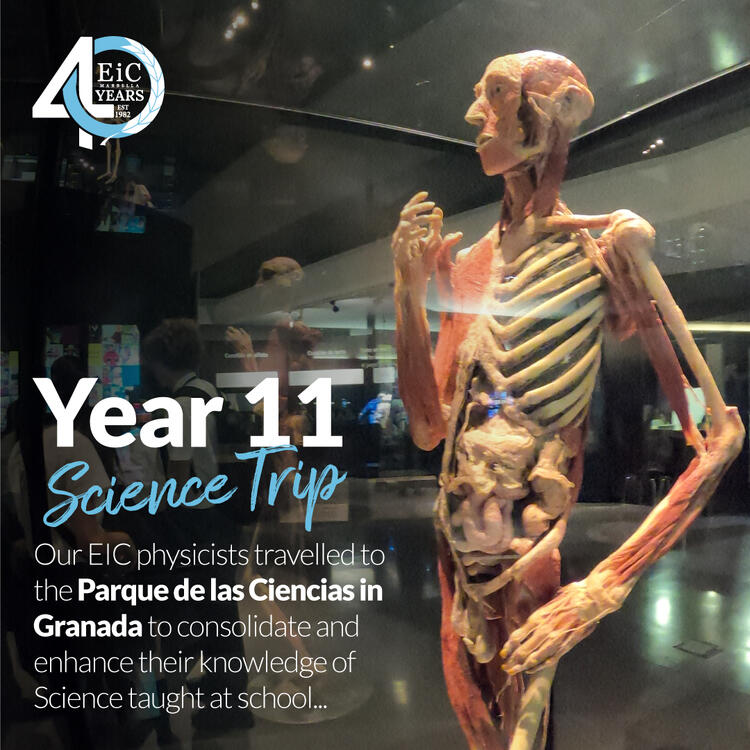Year 11 students along with a few Year 13 physicists travelled to the Parque de las Ciencias in Granada to consolidate and enhance their knowledge of Science taught at school. The long journey was worth it because it was the first time that we were introduced to the PLASTINATED human bodies to see various organs like the heart or lungs and body systems like the circulatory and respiratory systems. In most museums, like most schools, one can only see models of the human body where the most one can do is remove the organs and rearrange them.
Plastination is a technique or process used in anatomy to preserve bodies or body parts, first developed by Gunther von Hagens in 1977. The water and fat are replaced by certain plastics, yielding specimens that can be touched, do not smell or decay, and even retain most properties of the original sample.
Plastination involves fixation, dehydration, forced impregnation, positioning, and curing of the specimen. The process should begin between two and ten days after the body dies to ensure that the anatomical features, such as the muscle shape of the plastinate, resemble those of a living organism.
The students had a great time investigating the interactive “Modulos” whilst at the same time learning about the concepts involved. We could have easily spent the whole day going through all the different sections of the museum (which is vast) but we had to cut short our time as we had to travel back to school.




